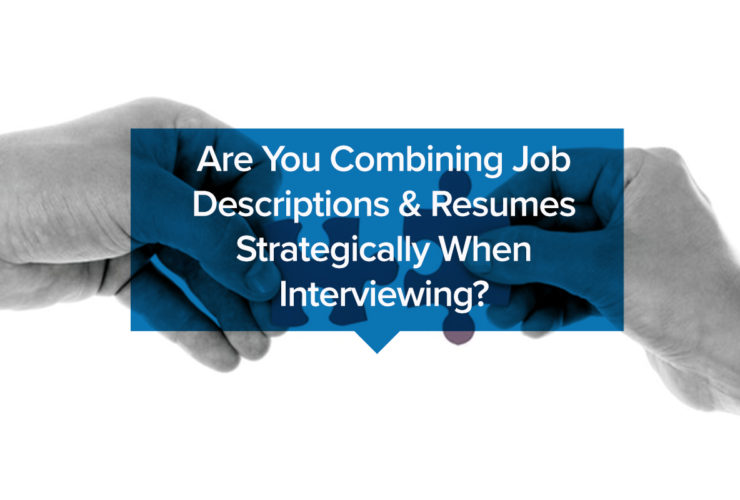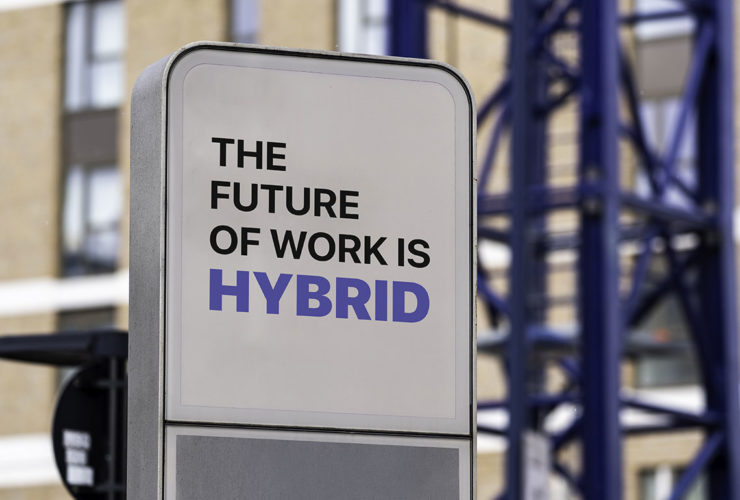Technology in recruiting can oftentimes feel like spackle. Recruiters use it to fill the holes in their background, expertise, experience, value, or something else. We can put our entire faith in the system, because we’ve been told and sold that the system and the process will solve everything.
The problem: not enough in recruitment is doing a good job of identifying the actual problem they need to solve, and not enough are vetting the existing technology enough either.
Let me be clear, though: Technology has not harmed recruiting
I believe deeply in technology. I think it has done great things for talent acquisition and it will only continue to evolve into bigger and better things.
But the technology is only as good as the recruiters using it, or — perhaps this is the more accurate way to represent it — how the organization framed up the usage of the software suite. This is often why “software” becomes “shelf-ware.” If it doesn’t work with existing workflows or the recruiters aren’t educated on it or allowed time to poke around, adoption isn’t going to be high, the contract won’t be renewed, and we’ll be back at Stage 1 in 12-18 months with a new tech stack. No bueno.
How can TA professionals be better about using technology?
Follow this bouncing ball:
Collect data on your processes: This is everything from response rate to emails to interviews scheduled to time to fill to whatever else you want/need to track.
Analyze that data: See where the actual pain points and problems are. Don’t invent them in meetings. Actually look at what’s happening in your organization and see where the problems are.
Now begin going and assessing technology: You can talk to vendors, but when you do, keep the specific problem in mind. Ask if you can get a case study or speak to an existing client who has dealt with that specific problem.
Bring in the right parties: Assessing tech can’t come from just a TA leader. You need to bring in the whole team who might be using the software. They need to see what it’s like, how similar it is to current workflows, etc. Sometimes the vendor will push back on this, but if they want the sale, they’ll usually agree to team-driven demos. Then you need to bring in people from IT (to check on enterprise implementation and connection with other suites), finance (contracts), etc. This isn’t a “HIPPO” (highest paid person’s opinion) situation for the highest-ranking TA leader. This decision needs to be made as an ecosystem.
Use your own data: Demos are done with clean data. Clean data is designed to work in demos. That’s the point. Your data is a bit messy. You should get demos with your data, and/or a 30-60 day trial. But what’s the point if you don’t understand how it works with your data?
Beware the con jobs: “Our product has AI in it” and “It will reduce the cost to hire” are two that always pop out for me. You need to ask deeper questions. What form of AI? What does it do? How does it learn as it goes? How will it solve your issue? HR technology vendors have exploded in recent years, in part because of the low cost of entry — but in part, sadly, because we as a profession haven’t gotten wise enough to catch the tricks.
HR Tech is still the wild, wild west
Once the marketing teams get a hold of it, we get to a place where supposedly every platform can do everything under the sun — but we should be smart enough to know that it’s all in the name of the sale. It might not do everything. And it might not help our specific need.
We should think on this differently: You know how cars are compared? Standard vs. add-on features? Price? Reviews from actual customers?
What if we built a system that compared HR tech around a series of standard variables? So if you wanted to figure out what chatbot was best for you, you’d access this webpage, look at the different features and price points, get in touch with some past customers, and tune out the marketing-speak to get towards the best solution for us.
This is something I’ve heard more in recent years at trade shows and during “conference season.” More people seem to want this — an easy way to compare options and understand what they need.
At the very least, build one internally. Pull in info from vendors (their marketing-speak). Talk to customers and record that. Get pricing information. This comparison dashboard is what should be presented to the ultimate check-writers.
The bottom line
We need to ask tougher, better questions as a profession. We need to be smarter in assessing how and why technology makes sense for our problems. Don’t be afraid to push the status quo. Don’t be afraid of doing the homework. As you do this, your recruiting skills are going to improve too! You’ll be a better analyzer. You’ll be a better thinker. You’ll be a better question-generator.
Tech can be great for recruiting, but we as TA pros have to do more to make sure we’re analyzing and vetting it correctly.

Steve Levy
Steve Levy brings an atypical combination of recruiting expertise and a technical experience to his performance-focused engagements with clients. A founding member of the recently launched Association of Talent Acquisition Professionals, Steve is widely known as a talent acquisition influencer across many industries and has been recognized as one of the most influential technical recruiting thought leaders, one of the top people to follow in social media recruiting, and a Top 100 Twitter Accounts Job Seekers MUST Follow. Check out his blog Recruiting Inferno or catch him as a respected speaker at sourcing and recruiting conferences.







